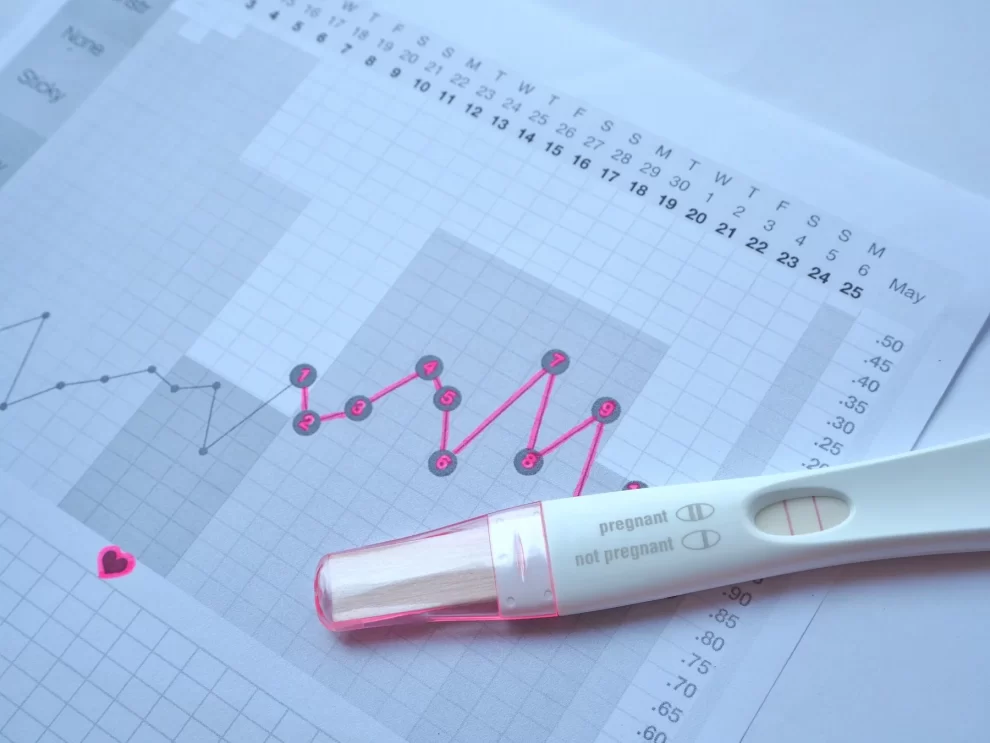To keep track of your basal temperature, you don’t need any special preparation. However, if you want to use basal temperature in conjunction with another fertility awareness-based birth control method, consult your healthcare provider first if:
You recently gave birth or stopped taking birth control pills or other hormonal contraceptives
You are breastfeeding
You are approaching menopauseKeep in mind that basal temperature can be affected by several factors, including the following:
Illness or fever
Stress
Shift work
Sleeping excessively or interrupting sleep cycles
Alcohol
Different trips and time zones
Gynecological disorders
Certain medicationsWhat you can expect
To use the basal temperature method:
Take your basal temperature every morning before you get out of bed. Use a digital oral thermometer or one specifically designed to measure basal temperature. Make sure you get at least three hours of sleep in a row every night for the reading to be correct.
For the most accurate results, always take your temperature using the same method. Try to take your temperature at the same time each day when you wake up.
Keep track of temperature readings. Record your basal temperature every day and look for a pattern. You can do it in a table made on paper or in an application designed for it.
When you are ovulating, your basal temperature may rise slightly, generally, less than half a degree F (0.3 ° C). Ovulation is likely to have occurred when the slightly higher temperature is stable for three days or more.
Plan sex carefully during your fertile days. The most fertile period is around two days before the rise in basal temperature, but sperm can live for up to five days in the reproductive tract.
If you want to get pregnant, this is the time to have sex. If you don't want to get pregnant, you shouldn't have unprotected sex from the start of your menstrual period until three to four days after your basal temperature rises every month.Although there are numerous apps available for tracking menstrual cycles, only one is approved by the U.S. Food and Drug Administration (FDA) to prevent pregnancy.
Natural Cycles uses an algorithm to calculate the days of your cycle when you are most likely to be fertile. The app calculates your fertile days based on your daily temperature readings and other information you enter about your menstrual cycle.
This temperature varies between three and five-tenths throughout the woman’s cycle. This data was used to control female ovulation to identify fertile days or, to the contrary, as contraceptive control.
It is a somewhat cumbersome and inaccurate system and is currently in disuse because there are more exact ways to know the moment of ovulation, but knowing how it works helps us understand our body.
When does the temperature rise?
A woman’s menstrual cycle is divided into two halves.
In the first, the ovum matures and the inner lining of the uterus, the endometrium, is prepared so that there is a tissue that can nourish the embryo in case of pregnancy.
In the second half, the ovary that has emitted the ovum secretes progesterone, a hormone that will make the endometrium in optimal conditions for the development of pregnancy during the first weeks, until the placenta is firmly implanted. If there has been no pregnancy, progesterone begins to decrease towards the end of the cycle, a process by which this tissue will eventually come off in the form of menstrual bleeding and begin again.And it is the presence of high levels of progesterone causes a woman’s basal temperature to rise half a degree during the second phase of the cycle.
How to measure Basal temperature ?
To appreciate these subtle changes, the temperature inside the body must be measured daily, whether oral (under the tongue), vaginal or rectal, for three to five minutes, just after the sleep period and before getting out of bed. The slightest bodily activity can make our temperature vary.
Reflect the reading obtained in a daily chart, ideally always at the same time, having had enough sleep and with the same thermometer. Suppose we do this during several menstrual cycles. In that case, we will observe that during the first half of the graph, the temperatures draw a mean line around a variable temperature between 36 and 36.5º. Still, from a certain point, the average of the temperatures of the second phase of the cycle is they keep on another line approximately half or higher grade due to the presence of progesterone after ovulation.
Any external factors such as changes in schedule, hours of sleep, general malaise, or fever can interfere and give rise to non-measurable temperatures and should be disregarded, but a woman with more or less regular cycles and without external interferences will see this change in temperature reflected in the graphic.When we observe the temperature elevation, it means that the progesterone levels are high enough that ovulation occurred 24 hours before. Therefore the method does not help us to identify ovulation in that cycle since it is already It has occurred, but if the woman makes these determinations for a few cycles, she will be able to estimate when she ovulates to promote or prevent pregnancy.
Basal temperature measurement
Low rate of effectiveness
There are several reasons why it is not a sound system for birth control:
It is not helpful as information in the current cycle, and it simply serves as an estimate of the trend in subsequent cycles.
Many women have cycles that vary from month to month. In this case, a reliable estimate cannot be made.
Another factor that should be taken into account is that the fertile days can be several, a few days before and after the moment of ovulation: some "strong" sperm can remain in the female body for several days so that gestation can occur. Sexual intercourse several days before the woman ovulates, and the same with a "strong" ovum, which can survive and be fertilized several days after ovulation.Hence the low rate of effectiveness of basal temperature control in planning pregnancy. It has also been used with other observational data such as the characteristics of cervical mucus, which also changes throughout the menstrual cycle, symptoms accompanying ovulation sometimes perceptible by many women such as specific abdominal pain, or simply looking at the calendar and taking into account that the fertile days are between 12-16 before each rule.
Currently, there are more exact ways to determine those days, but it never hurts to know the why of things and get to know ourselves better, and marvel that already at the beginning of the 19th century there were two scientists: Squire and Jacobo, who were attributes that they were the first to notice this step in the basal temperature of women in 1808.

















Add Comment